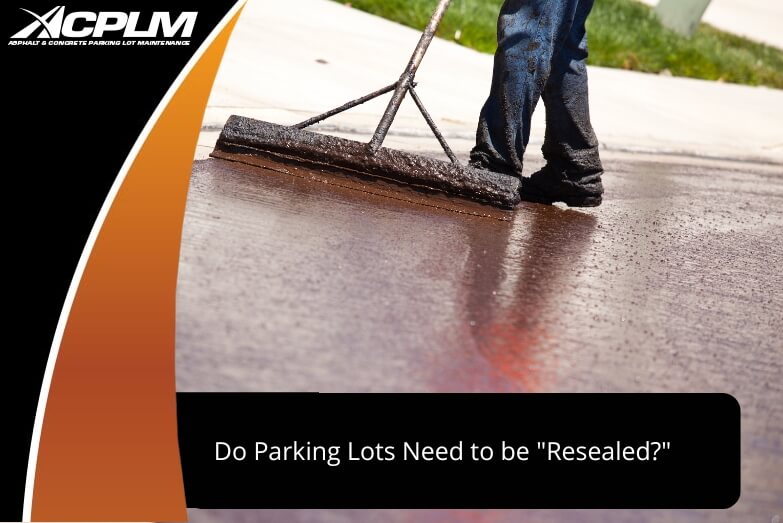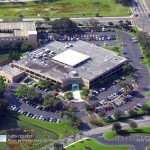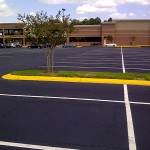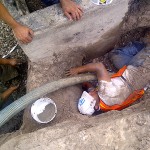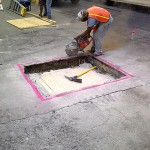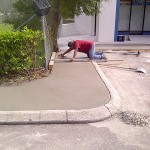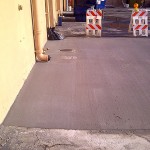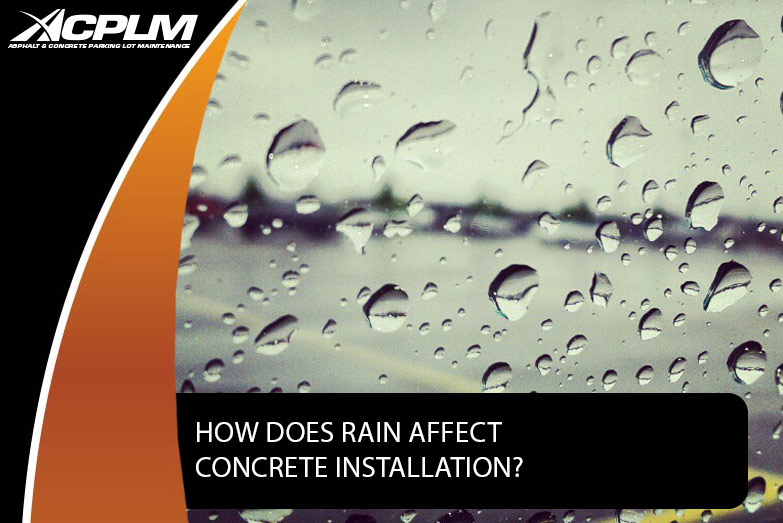
Why pouring concrete in the rain is generally a bad idea but may be unavoidable in Florida.
When it comes to concrete projects and surfaces, knowing when to pour concrete is a key component. Given that water is mixed with cement to make concrete, there are many concerns about the effects of pouring concrete in the rain. While it is possible, it is generally not advisable since rainwater can affect the strength of the concrete as it cures. Since water is already carefully measured and added into the mix, further addition from the rainwater can be harmful.
Realistically speaking, weather conditions are not always favorable, and given how unpredictable they can be, pouring concrete in the rain may be unavoidable. When working with a tight schedule or during the wet season, concrete installation in the rain may be inevitable. As such, being prepared for these circumstances is critical to ensure the project can be completed properly.
Tips when Pouring Concrete in the Rain
When pouring concrete in the rain, you must not work large amounts of rainwater into the concrete mix and surface. Likewise, do not use dry cement on a wet surface to soak up the rainwater since this will affect how the concrete finishes. Rain can weaken the concrete surface and compromise its strength since it can wash off the cement in the mix. This can lead to issues like cracks in the concrete and delays in the curing process, both of which can lead to a poorly finished surface.
To ensure you are prepared for potential rainfall and take proper precautions, the first thing to do is check the weather forecast before getting started on the project. If rain is expected in the forecast, you can postpone the project or ask your contractor if they are prepared for the possibility of rain.
Ensure the working area is covered with plastic sheets or waterproof covers to avoid getting the ground soaked with rainwater. If it starts raining right after pouring the concrete, contractors will move quickly to keep the area covered. It takes about 24 to 48 hours for the concrete to set, but after 4 to 8 hours, it begins to harden. After about 6 hours, the potential damage from rainwater will not be as significant as the concrete begins to dry. However, it will still be best to take precautions to prevent getting damaged concrete.
Rain can also damage freshly sealed concrete, so after applying the sealer, make sure the area remains dry for at least 24 hours.
When to Pour Concrete?
Generally, pouring concrete in the rain is not advised. However, if it cannot be avoided, then proper precautions must be set in place. Experts recommend pouring concrete at temperatures ranging from 40° to 60°F, which is considered to be the ideal weather condition for this type of project.
Colder weather can affect the output of concrete as well. However, this is not a major concern in Florida and other, warm states.
Likewise, if the weather is extremely hot, the water added to the concrete mix can evaporate, causing potential issues like cracking and weakness. Thus, pouring concrete in the spring and fall are the best options for project completion.
Schedule Professional Services
If you need help with concrete installation in Tampa, do not hesitate to call ACPLM at 888-959-9637 to get a quote for your project. Having the proper preparations is crucial to ensure your concrete cures properly, so with professional services, you can get your desired outcome. Schedule a free consultation with our team today for all of your concrete and asphalt paving projects and maintenance.







